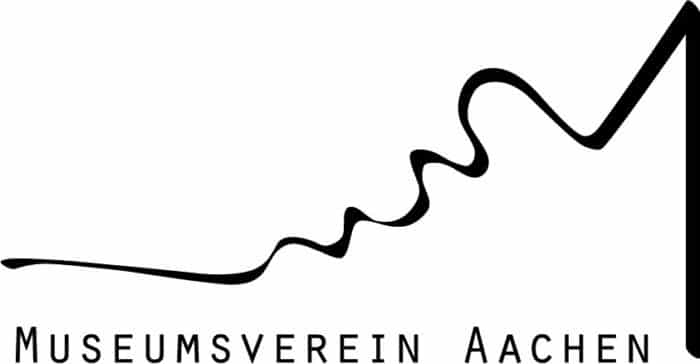Room looking onto the courtyard
The „Courtyard Room“ takes its name from the windows opening out onto the small inner courtyard. The large golden Empire mirror has been part of the furnishings of the house since Andreas Monheim’s time. The glass cabinet, which was donated to the museums of the city of Aachen in the 1960s, is one of the masterpieces of Aachen cabinet-making of the 18th century. A filigree glass cabinet section sits on a massive lower body with fine Rocaille carvings. Behind what looks like small bay windows with curved latticework there is a fine selection of the porcelain collection of the Couven Museum.
At the beginning of the 18th century a dramatic cultural change took place in Europe. Along with this came new luxury foodstuffs and consumer goods, such as coffee, tea and chocolate as well as tobacco and exotic spices, which led to a sophistication in table manners and traditions. This, in turn, had an impact on the interior decoration of the bourgeois residences. Elaborate glass cabinets, above all those produced in the Aachen-Liège region in the 18th century, were the presentation centres for the pride of the bourgeois society – porcelain. This „white gold“ was the epitome of courtly luxury. Until the beginning of the 18th century porcelain was an exclusive import from East Asia (China, Japan). Around 1709/1710 Johann Friedrich Böttger (*1682 †1719) made the first successful experiments to manufacture porcelain in Europe. These endeavours, which were always supported by August the Strong of Saxony, led eventually to the founding of the Meissen Porcelain Company, which still manufactures absolute top-quality porcelain today.
Opposite the glass cabinet is a richly carved fireplace and mantelpiece from the Mennicken House in Eupen. The typical Rocaille carvings frame a portrait of a lady of the Clermont family in Vaals, presumably Maria Elisabeth Sophia Clermont, née Emminghaus (*1733 †1783), in an elegant lace robe with a fur-trimmed red cloak.


